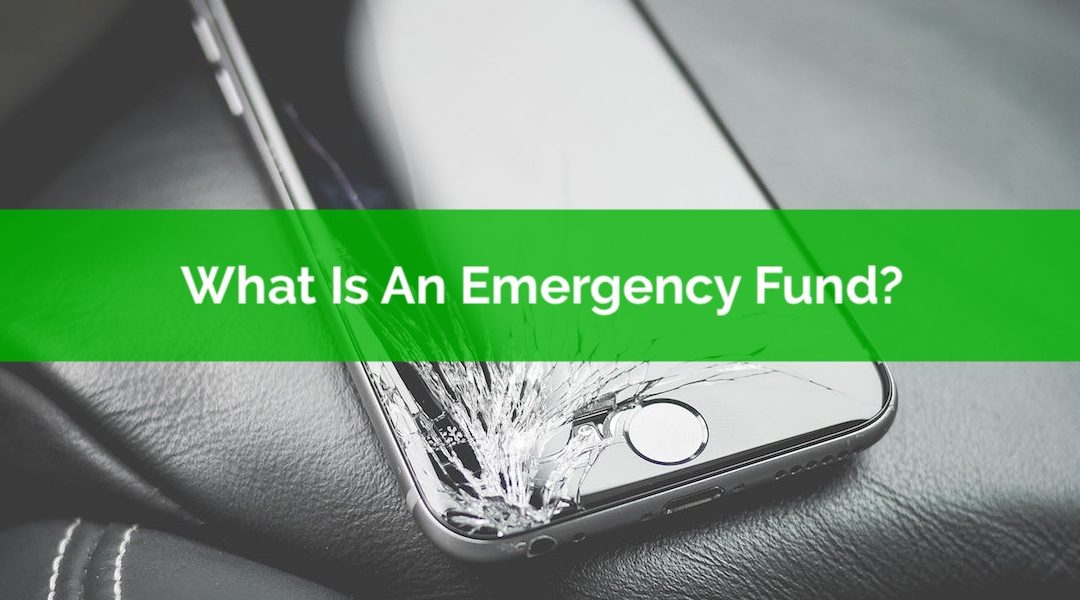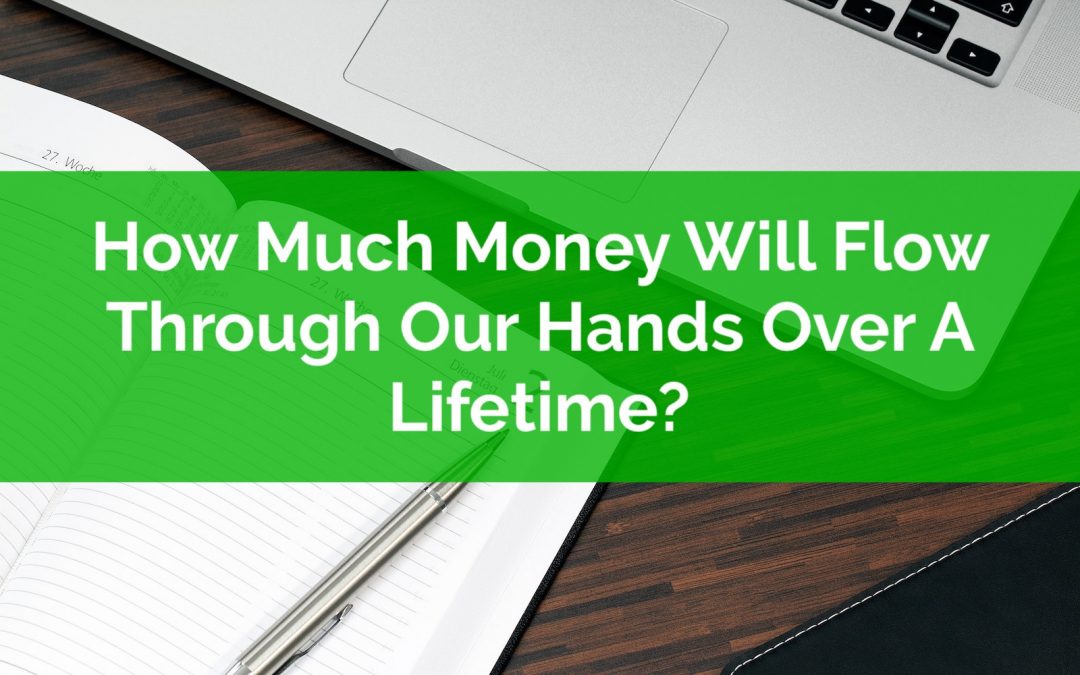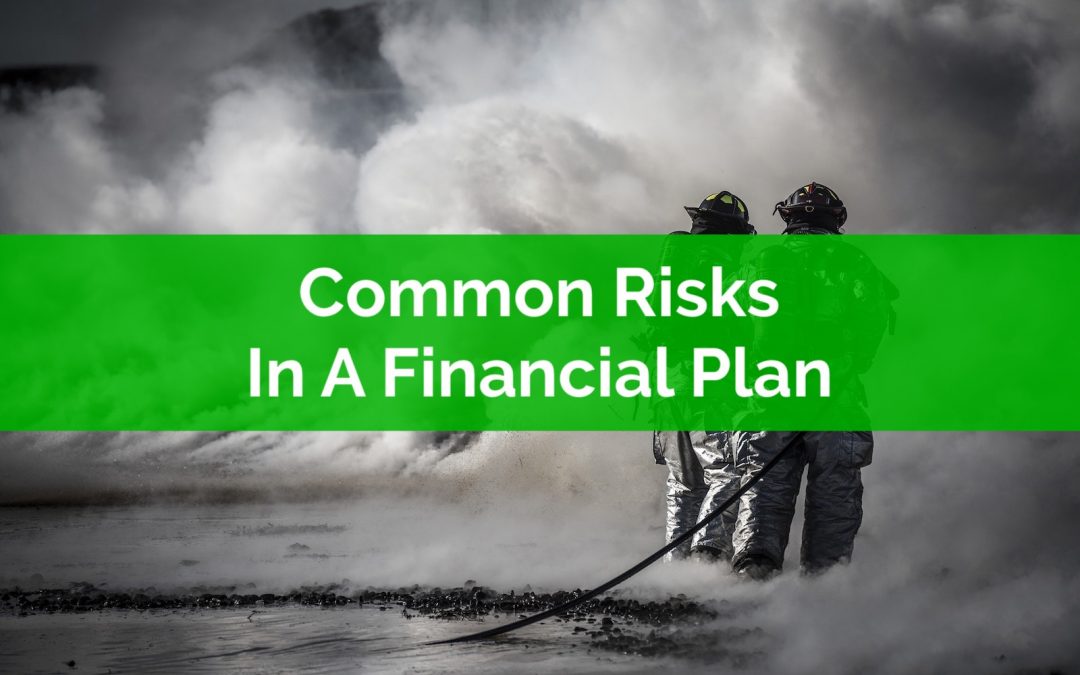“Welcome to the PlanEasy blog! We make personal finance easy.
Thanks for visiting.”
– Owen

What Is An Emergency Fund? Plus 6 Examples Of Why Do You Need One!
Remember when you were a kid and you didn’t have a care in the world? No responsibilities, nothing to worry about, nothing to stress over. Well you can get that feeling again, or close to it, by having an emergency fund.
An emergency fund, or “e-fund”, is amazing! An emergency fund is like a big financial blanket. It helps you stay warm and cozy during a rough financial storm.
You can also think of an emergency fund like a seat belt. Most of the time it’s just there doing nothing… but when an emergency happens your e-fund jumps into action to prevent serious financial harm.
An emergency fund is a pile of money you keep tucked away in a safe place in case of a financial emergency. Your pile of emergency savings should be equivalent to 3-6 months of living expenses, but it can be much smaller to start.
Emergency funds can be smaller if you have high interest debt (which should be a priority), or if you have a strong safety net (ie. parents, friends, relatives that can help provide support or help reduce expenses in an emergency).
Building an emergency fund takes time. It’s something you should contribute to regularly with each paycheck.
Emergencies happen from time to time so your budget should include monthly savings to replenish your e-fund.
To be honest, e-funds are boring. An emergency fund should be invested in a high-interest savings account earning 1-2% interest. This protects the principal but it can also feel very boring. In this case though, boring is good. Boring means that your money will definitely be there when you need it most.
It can be tempting to invest your emergency fund in the stock market…

How Much Money Will Flow Through Our Hands Over A Lifetime?
One amazing thing to consider about personal finances is the sheer amount of money that will flow through our hands over a lifetime.
Knowing how much money we’ll touch over a lifetime provides a very good incentive to get better at managing income and spending, to learn more about investing, to understand how income tax works etc. etc.
Given the amount of money we’ll handle over a lifetime, learning more about personal finances will pay dividends over many years. If you’re able to manage money well, then you’ll have a life that is free from financial stress (for the most part, it’s never possible to completely avoid financial stress).
Because of the sheer amount of money that will flow through our hands over a lifetime even a small positive change can have a significant effect.
So how much money will we “touch” over a lifetime… is it $500,000? $1,000,000? $2,000,000? $5,000,000? You might be surprised…

Common Risks In A Financial Plan
No financial plan is immune from risk. No amount of planning is going to eliminate risk entirely. In fact, there are many common risks in a financial plan that may cause issues down the road. What we need to do is identify what types of risk a financial plan may face and find ways to reduce risk or mitigate it where possible.
When we talk about risk we naturally assume that means investment risk. While this is one common type of risk, there are also many other risks we need to watch out for.
A lot of these risks can be reduced or sometimes even eliminated with proper planning. For each major type of risk below, we’ve highlighted a few ways to help mitigate the impact it may cause. But even with these tips, its usually impossible to eliminate risk entirely.
A financial plan will typically cover 30-50+ years. Over this time span there are many unknowns that may occur. A good financial plan will be flexible enough to absorb these unknowns and still be able to reach the same goals with only minor tweaks.
This flexibility is important. It’s impossible to eliminate all risk. It’s very likely that even the best laid plans will experience some disruption along the way. Having some flexibility, and knowing where that flexibility exists, will help reduce the stress and impact if the unfortunate were to happen.

Owen Winkelmolen
Advice-only financial planner, CFP, and founder of PlanEasy.ca
“Welcome to the PlanEasy blog! We make personal finance easy.
Thanks for visiting.”
– Owen
New blog posts weekly!
Tax planning, benefit optimization, budgeting, family planning, retirement planning and more...

What Is An Emergency Fund? Plus 6 Examples Of Why Do You Need One!
Remember when you were a kid and you didn’t have a care in the world? No responsibilities, nothing to worry about, nothing to stress over. Well you can get that feeling again, or close to it, by having an emergency fund.
An emergency fund, or “e-fund”, is amazing! An emergency fund is like a big financial blanket. It helps you stay warm and cozy during a rough financial storm.
You can also think of an emergency fund like a seat belt. Most of the time it’s just there doing nothing… but when an emergency happens your e-fund jumps into action to prevent serious financial harm.
An emergency fund is a pile of money you keep tucked away in a safe place in case of a financial emergency. Your pile of emergency savings should be equivalent to 3-6 months of living expenses, but it can be much smaller to start.
Emergency funds can be smaller if you have high interest debt (which should be a priority), or if you have a strong safety net (ie. parents, friends, relatives that can help provide support or help reduce expenses in an emergency).
Building an emergency fund takes time. It’s something you should contribute to regularly with each paycheck.
Emergencies happen from time to time so your budget should include monthly savings to replenish your e-fund.
To be honest, e-funds are boring. An emergency fund should be invested in a high-interest savings account earning 1-2% interest. This protects the principal but it can also feel very boring. In this case though, boring is good. Boring means that your money will definitely be there when you need it most.
It can be tempting to invest your emergency fund in the stock market…

How Much Money Will Flow Through Our Hands Over A Lifetime?
One amazing thing to consider about personal finances is the sheer amount of money that will flow through our hands over a lifetime.
Knowing how much money we’ll touch over a lifetime provides a very good incentive to get better at managing income and spending, to learn more about investing, to understand how income tax works etc. etc.
Given the amount of money we’ll handle over a lifetime, learning more about personal finances will pay dividends over many years. If you’re able to manage money well, then you’ll have a life that is free from financial stress (for the most part, it’s never possible to completely avoid financial stress).
Because of the sheer amount of money that will flow through our hands over a lifetime even a small positive change can have a significant effect.
So how much money will we “touch” over a lifetime… is it $500,000? $1,000,000? $2,000,000? $5,000,000? You might be surprised…

Common Risks In A Financial Plan
No financial plan is immune from risk. No amount of planning is going to eliminate risk entirely. In fact, there are many common risks in a financial plan that may cause issues down the road. What we need to do is identify what types of risk a financial plan may face and find ways to reduce risk or mitigate it where possible.
When we talk about risk we naturally assume that means investment risk. While this is one common type of risk, there are also many other risks we need to watch out for.
A lot of these risks can be reduced or sometimes even eliminated with proper planning. For each major type of risk below, we’ve highlighted a few ways to help mitigate the impact it may cause. But even with these tips, its usually impossible to eliminate risk entirely.
A financial plan will typically cover 30-50+ years. Over this time span there are many unknowns that may occur. A good financial plan will be flexible enough to absorb these unknowns and still be able to reach the same goals with only minor tweaks.
This flexibility is important. It’s impossible to eliminate all risk. It’s very likely that even the best laid plans will experience some disruption along the way. Having some flexibility, and knowing where that flexibility exists, will help reduce the stress and impact if the unfortunate were to happen.
Join over 250,000 people reading PlanEasy.ca each year. New blog posts weekly!
Tax planning, benefit optimization, budgeting, family planning, retirement planning and more...
Join over 250,000 people reading PlanEasy.ca each year. New blog posts weekly!
Tax planning, benefit optimization, budgeting, family planning, retirement planning and more...
